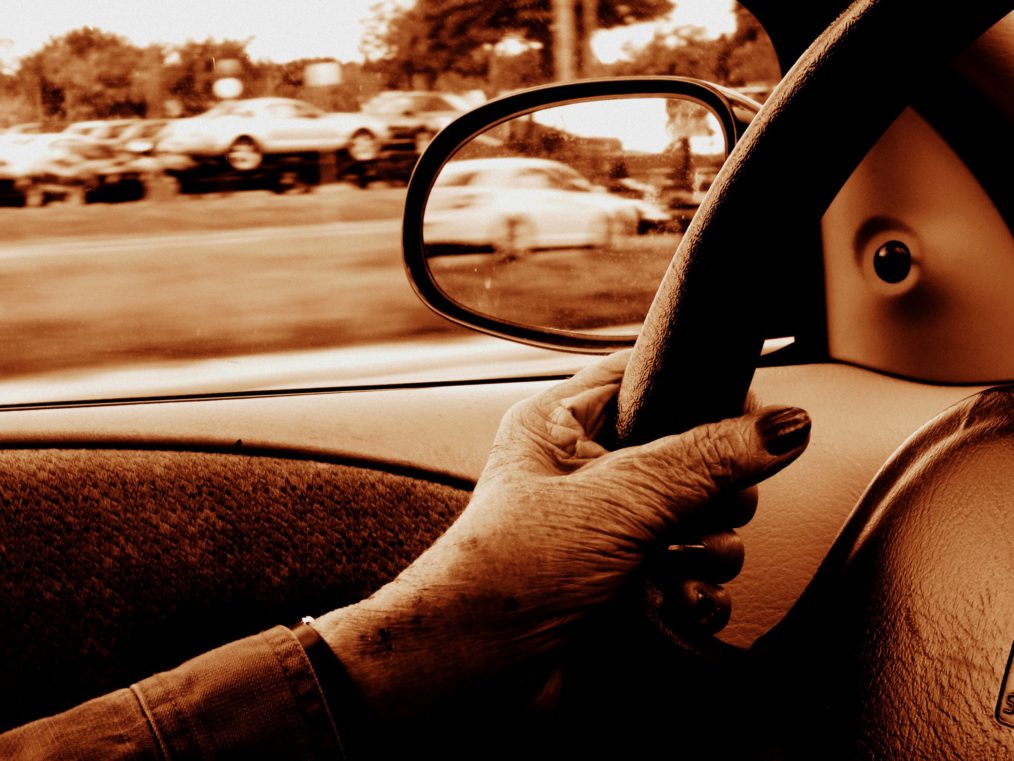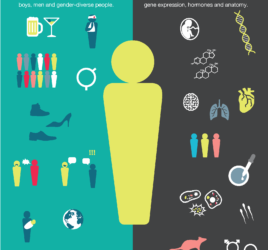
Healthy ageing with safe mobility
Recently there was a nasty accident in the south of the Netherlands. A 87 year old man was driving his vehicle on the wrong carriageway of a motorway and collided with another car. Three people died in this accident.
“Quickly after this event a frequently heard response was “people of that age should not drive”. Is such a simple response justified?”
Apart from the fact that there are major individual differences, it is good to realise that losing mobility has severe consequences. People can get isolated and may become depressed. In our ageing society the question whether people are still fit to drive and questions about ways to retain mobility will be more and more asked. The question should however not be whether the elderly keep or lose their mobility, but how we can help to extend their mobility without endangering traffic safety.
I believe there are three ways to do this; 1. By adapting the infrastructure, 2. Through electronic support systems, and 3. By training. Here I will only deal with the first two options.
“In general the most effective measures increase temporal and/or spatial margins for road users.”
Infrastructural measures that are effective are those that increase overview or allow for more time to respond. Creating space simply can help. In a naturalistic cycling study we found that older cyclists frequently briefly entered the verge. In general this is without consequences, people steered back and continued their journey. However, if the verge is not level or is “marshy”, this can easily lead to a fall and even breaking a hip, with in the best case a slow recovery. Prevention is thus crucial, and in a project called “Het Vergevingsgezinde Fietspad” (A forgiving cycle path) a few measures were evaluated. The edge of a cycle path was equipped with strips of artificial grey or green coloured grass, or with concrete with so called streetprint, which gives the appearance of bricks. All these strips could be safely overridden, but that is not comfortable. Consequence was that margins to the more dangerous soft shoulder increased. Other relatively simple infrastructural measures that can be taken that increase cyclist’s safety are the removal of bollards where these are not really needed, and changing the abruptness of the curb.
An alternative way to help is to offer assistance in vehicles or on bicycles. More and more ADAS (Advanced Driver Assistance Systems) enter the modern vehicle such as lane departure warning systems and Adaptive Cruise Controls, and these systems can be optimised for older drivers.
“As we know older drivers need more time to process information, why not offer this information a bit earlier for them?”
Also on bicycles information can be offered. Many older people suffer from a stiff neck, which makes it difficult to look over one’s shoulder before turning left. Cameras can detect vehicles approaching from behind and can warn the cyclist by specific vibrations in the handlebars. A prototype of this system was much appreciated by test users. However, at the same time that study made clear that technological innovation can also lead to new problems. The just described assistant does not know where the cyclist is heading and therefore also warns when there is no need to warn the cyclist, i.e. when turning right or cycling straight on. The cyclist then has to suppress the warning. What the long term impact of this will be is not clear; will cyclists manage to only pay attention when the warning is relevant, will the cyclist ignore all warnings, also if they are relevant, or will there be another technological solution for this problem?
“Adapting to technology is a common phenomenon and something we should be aware of.”
This is also true for what some see as the ultimate mobility solution: automated driving. One of the ways automated driving is promoted is by stating that the human error, which causes around 90% of all accidents according to some people, is taken out. Well, I find these percentages a bit unfair, as with a human behind the steering wheel or handlebars it is quite obvious that the human plays a role in accidents (if only by not responding in time).
“The question is however, will it be safer if we take the human out of the loop?”
Overall I believe this to be correct, technology advances and we are more and more able to implement it effectively. However, automation is still built by humans, humans who have made programming errors, who could not foresee all combinations of conditions, and this will lead to new accidents, and probably more massive accidents.
We may expect beneficial effects from adapted infrastructure and support systems. We must however take care that information and support are tailored to the user, and at the same time remain very aware of how humans respond to these changes. Behavioural adaptation to technology cannot always be foreseen. In the long run however, there is great potential for infrastructural adaptations and technology to help older people to stay mobile.
NOTE: Image by Andi Jetaime, licenced under CC BY 2.0.



